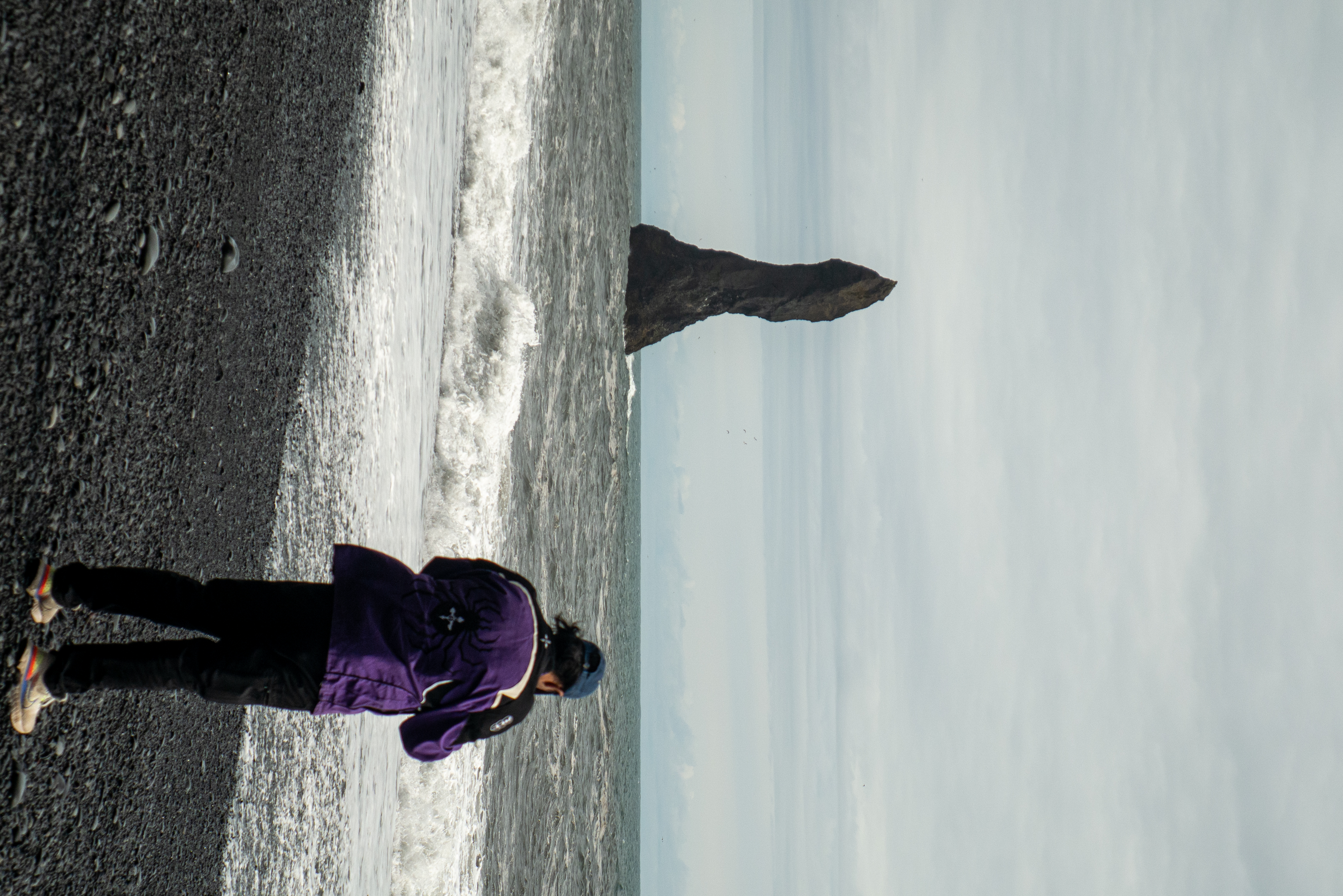It's not called lens compression
Camera termonology is silly
Have you ever wondered why taking a close up “0.5x picture” makes faces look goofy, or why zooming in makes mountains suddenly appear huge behind your subject? This is due to a phenomenon that, in a moment of sheer brilliance, we collectively decided to name “lens compression”.
I have a problem with that name; it’s wildly misleading.
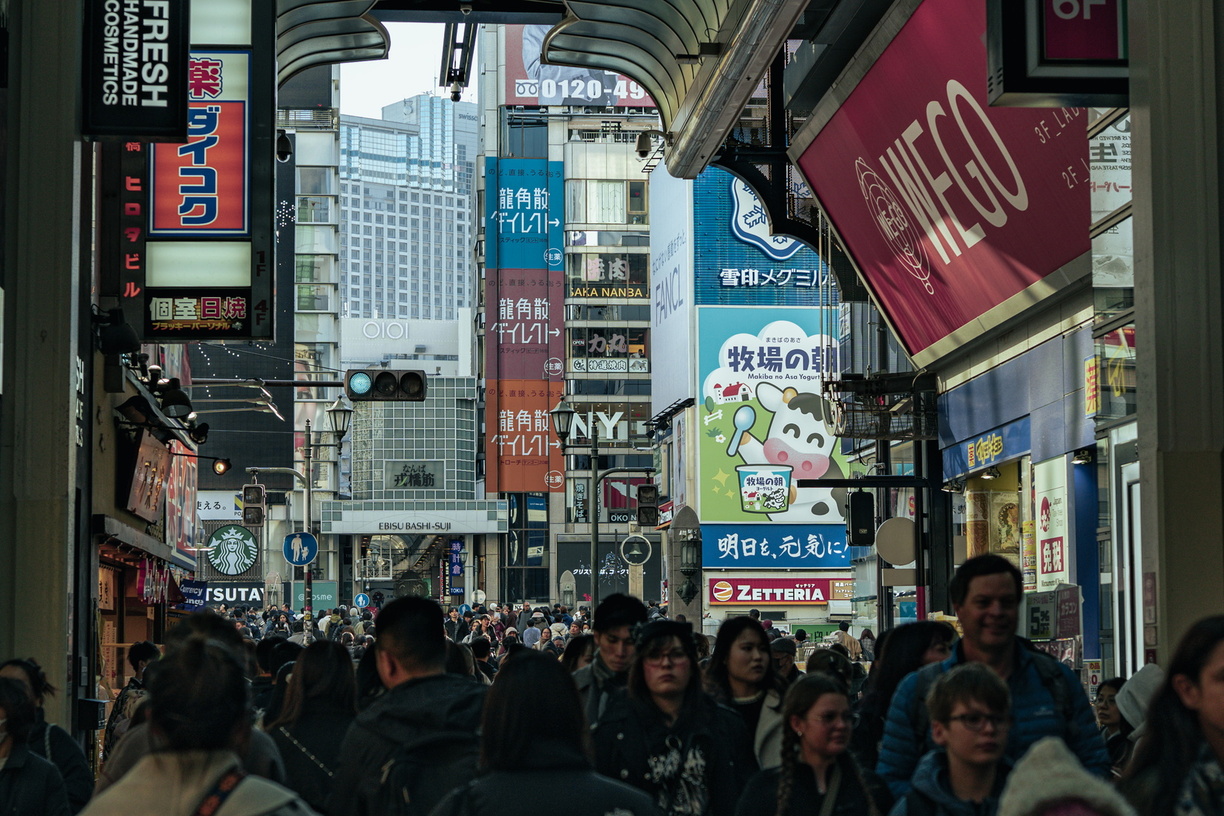
What’s going on?
What you’re actually seeing is a shift in perspective that comes from where your camera is positioned relative to the subject and background; focal length just decides how much of that perspective fits inside the frame. In short: you’re turning a three-dimensional world into a two-dimensional photograph. Different lenses, or zoom settings, capture different fields of view (how much of the scene your camera sees from its location). A wide lens sees a lot, while zooming in captures a narrower slice. For gamers, you can relate this to adjusting the FOV slider in the settings of a video game. Because of this, where your camera sits makes a difference in how close or far objects appear in the final image.
Why do I care?
I can’t expect the masses to completely change what they call it, and I don’t. If you walk away knowing a bit more about managing spatial relationships, helping you nail the look of your next photograph, that’s a win in my book. My hope is that you, the reader, will get to hit pause long enough to ask why you’re framing the shot the way you are, and in that quiet moment give yourself permission to rethink your position, and try something delightfully unexpected. To me, that’s a big part of what I think photography is about.

Terminology
I can understand why people call it “lens compression.” It’s easy to assume the lens itself is somehow “compressing” the space between objects. When you step back and use a longer focal length (zooming in), backgrounds appear larger, and the image appears flatter. This correlation causes our intuition to say “lens does it!”, birthing such a simple and catchy term.
Also, who’s gonna call it “perspective flattening due to changing camera-to-subject distance, and its effect on relative object sizes within the frame”? I sure as hell won’t.
Try it yourself
It wasn’t until several years into being a photographer where I stopped to ask myself: “why is it even called lens compression?” I only really got curious when I was trying to perform camera tricks on my cat as she slept.
I attempted a dolly zoom with my phone camera. I switched to the 0.5x camera (13mm full‑frame equiv.), placed her head in the middle of the frame, and began moving the camera away while simultaneously zooming in. I matched the speed of both movements to the best of my ability, which was pretty challenging to do with a phone camera, but the effect was clear enough for me.
Here’s an experiment for you to see this effect in action.
All you need is:
• A camera that can zoom (I’ll be using my phone).
• A subject (anything works; I’ll use a toy).
• Something in the background (I will be using my horribly cluttered desk that I tried to tidy up).
Step 1: Zoom all the way out. Use your widest lens. On my phone, I’ll use my 0.5x camera (≈13mm full‑frame equiv.).
Step 2: Get close to your subject and try to place it within the very middle of the shot. Consistency between shots is important, so try to keep your subject the same size in the frame. If you’re having trouble with framing, Try turning on rule of thirds in your camera settings, and fill the entire middle square with your subject. When everything is lined up, take the picture!
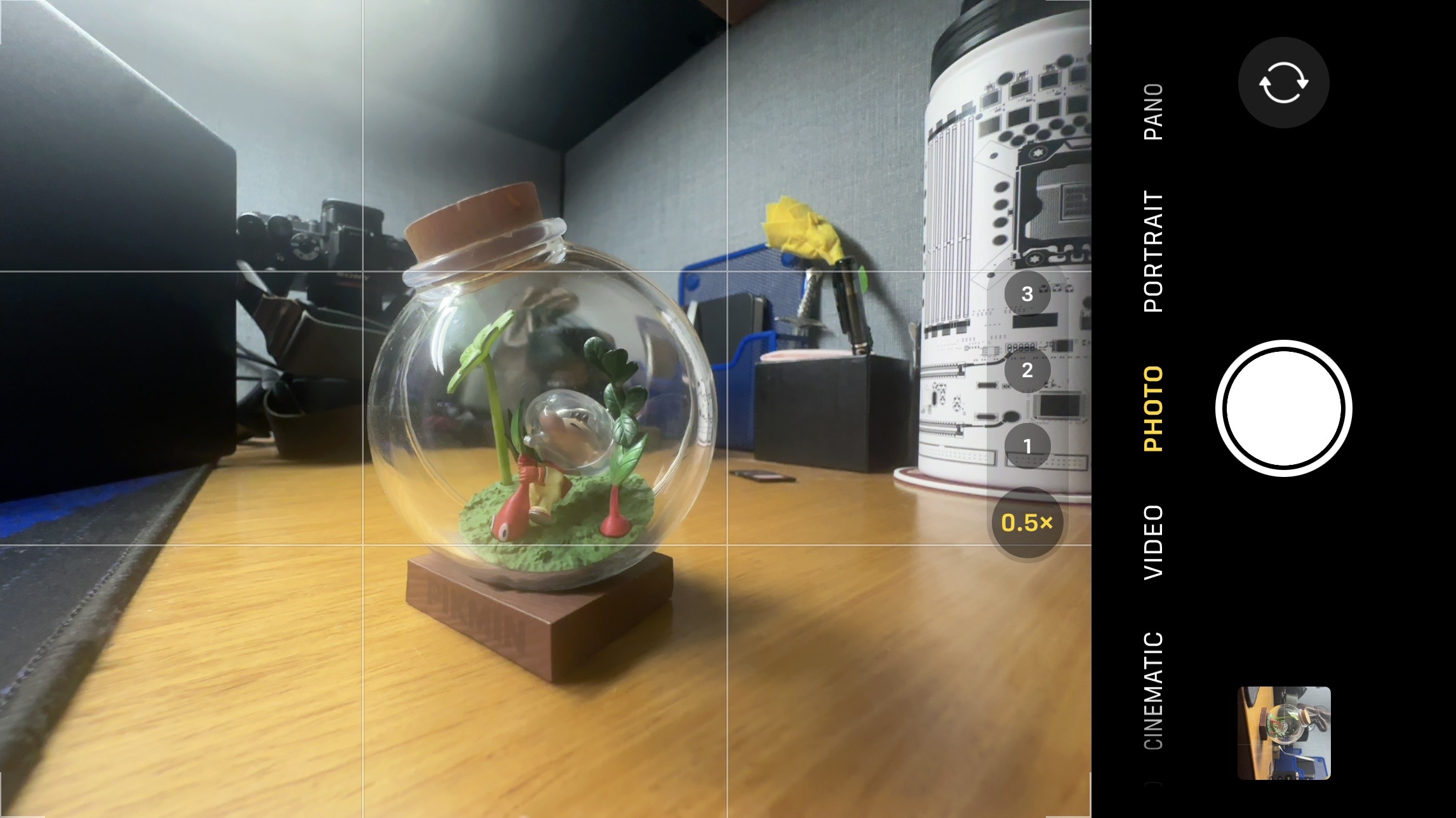
Step 3: Take a step back, and zoom in. To see a big difference, I switched to the 2x camera (≈48mm full‑frame equiv.). Make sure the subject is once again filling the middle square of your frame. Your subject should be the same size between this frame and the last photo you took. Once that’s done, take another picture.
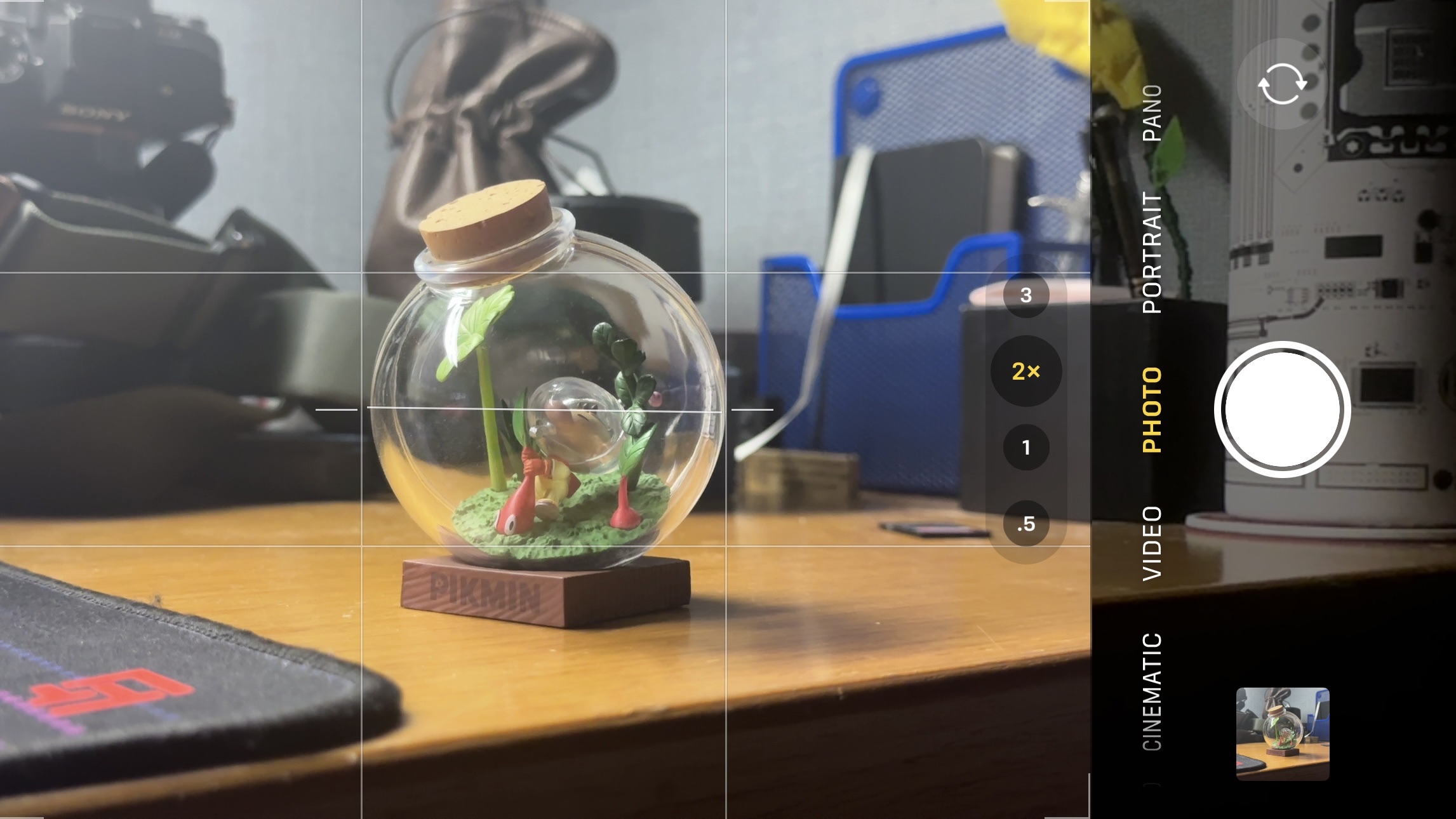
Step 4: Rinse and repeat to your heart’s content! I took one more photo by zooming in 5x (≈120mm full‑frame equiv.), and taking another step back.
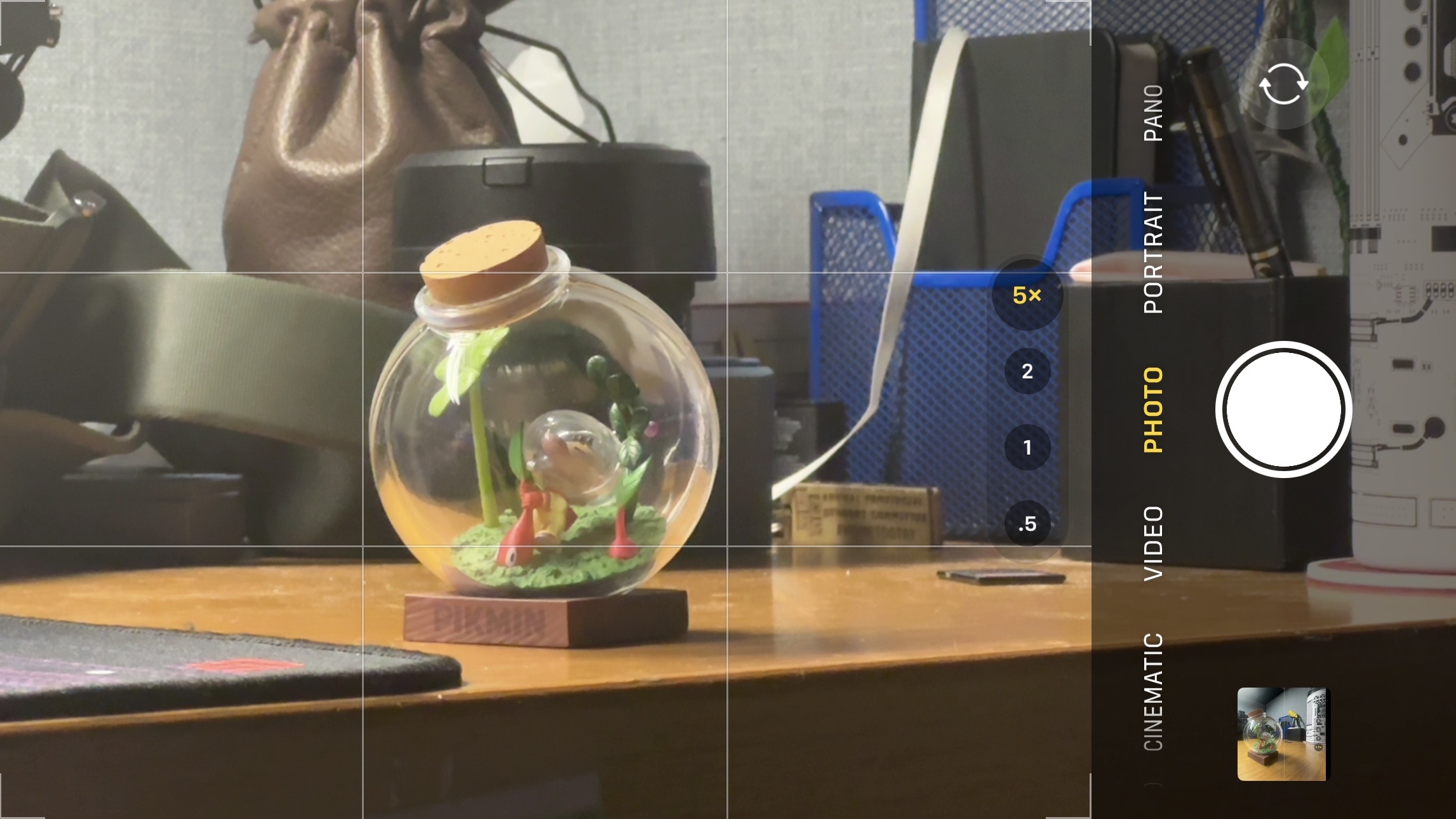
Now check out your pictures! Comparing your photos, you’ll be able to notice the change in perspective at work.
Even though your subject is roughly the same size in each of your shots, the background looks larger, or more “flattened” as you zoomed in. You can now see that this distortion or “compression” isn’t the lens squishing things together, but actually your changing distance from the subject, and the corresponding narrowing of the camera’s field of view.
(Quick proof: Take a wide shot from the same spot as your 2× photo, then crop the centre. The background-to-subject proportions are the same, just with less quality as the zoomed photo.)
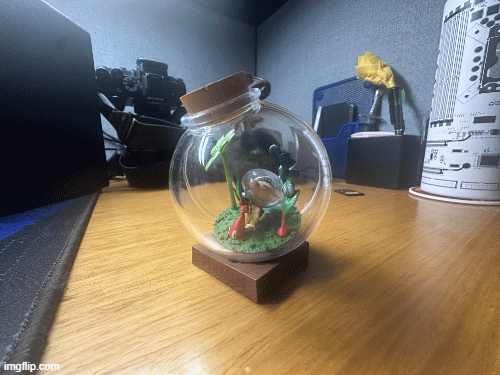
Still with me? Cool.
It’s all about perspective
As I mentioned earlier, it took me three years to question why my favourite focal length is 85mm, or why I’d rather sprint several metres away from my subject to get a photo instead of using a 24mm lens up close. I reached a point of realization where I started asking myself, “Why am I doing what I’m doing?” It was only during a period of contentment in my life, when I allowed myself to reflect on my choices without distraction, that I started asking introspective questions, even silly ones like “Why on earth is it even called lens compression?”
My hope is that whoever’s reading this post is in a place where they can have a moment of introspection while also exploring their curiosity. I like to remind myself to move against the grain and pursue what makes me wonder. I’m just happy that I get to share this with you, the reader, and whoever’s unfortunate enough to be a passenger in my car, forced to listen to my insane rants about terminology, whether they like it or not :P
